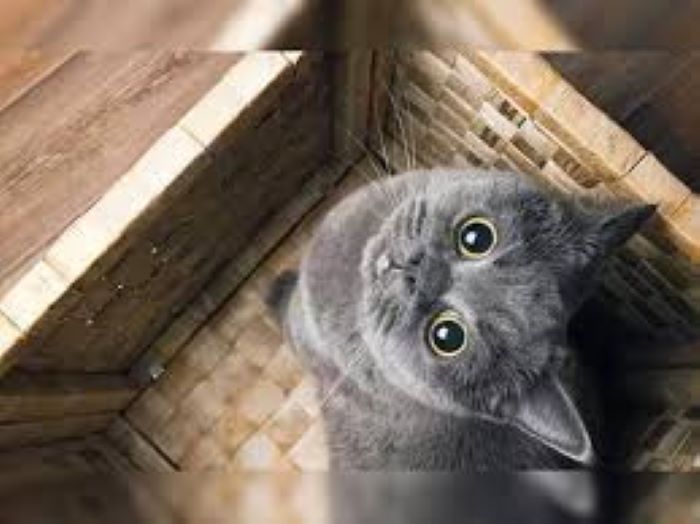By the middle of the 19th century, domestic cats could be found on almost every sizeable landmass in the world and had diversified into distinct types. In Europe and the United States, the import of exotic-looking cats such as the Siamese and Turkish Angora stimulated much interest, and people began to see the taken-for-granted farmyard mouser or house pet in a new light. For almost the first time since the days of the ancient Egyptians, the cat was about to be once again a prized possession and a status symbol.
Like-minded owners began to form cat clubs, where they could enthuse about their particular favorites and argue the merits of one type over another. These cat fanciers—or the “cat fancy” as they came to be known—organized shows that engendered much rivalry and endless competition to produce better-quality cats that conformed to ever-more precise specifications.
The serious breeding of pedigree cats and the perfection of breed standards triggered a new phase of international travel for cats. As getting around the world became easier from the mid-20th century onward, cat enthusiasts, and even ordinary tourists, discovered “new” breeds—for example, the Turkish Van or the bobtailed cats from Japan—that had in fact been developing over many centuries in rarely visited areas.
Brought back to the United States and the UK, such cats were used to start enthusiastic breeding programs and transatlantic exchanges. Cats have even been highly mobile within their native countries, moving from relative obscurity in a particular area to nationwide popularity and then—for example, the Devon Rex or the Maine Coon—achieving international recognition.
In the 21st century, cats are still passing back and forth across the Atlantic as one exotic breed after another becomes fashionable. Crosses between such novelties have produced yet further variations. As some of these become recognized outside their country of origin—and not all are—the global migration of cats continues.
One of the most recent developments has been a return to the original wildcat template, with breeders creating spotted cats not unlike those that 4,000 years ago became the first pet felines. The domestic cat’s extensive travels could be said to have brought it back to its starting point.
 Transatlantic cat – One of the modern results of cats interchanging countries,the Elf is a hybrid created by crossing the hairless Sphynx,which originated in Canada and was developed in the
Transatlantic cat – One of the modern results of cats interchanging countries,the Elf is a hybrid created by crossing the hairless Sphynx,which originated in Canada and was developed in the
Netherlands, with the American Curl.


